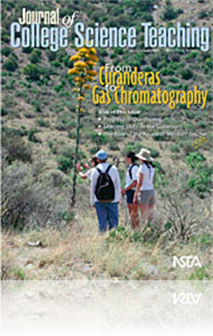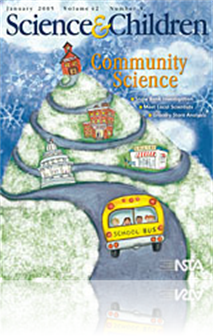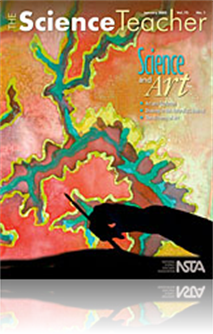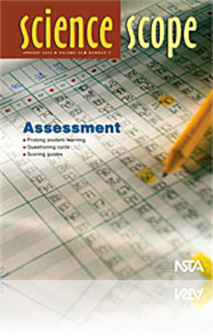All Resources
Journal Article
Chaos: Connecting Science and the Humanities
In this article, we learn about a team-taught course entitled Chaos in Science and Literature. The goals of the course were to place science in a nont...
Journal Article
Science Shorts: Spoilage Science
Whether it’s fresh or processed, all food eventually spoils. Methods such as freezing, canning, and the use of preservatives lengthen the lifespan o...
Journal Article
Commentary: Where are We Now? (January 2005)
Trends in Mathematics and Science Study (TIMSS) and the Program for International Student Assessment (PISA), two major international studies of achiev...
Journal Article
Science 101: How do fruits ripen?
Most people love to eat fresh fruits, and today there are dozens to choose from—from “standard” fruits like apple, orange, and banana to more ex...
Journal Article
Drawing Students Out: Using sketching exercises to hone observation skills
Integrating art into science can help students hone their observation skills. In this introductory biology course, the teacher requires students to sk...
Journal Article
Science Sampler: Pictures in the sky
This "stellar" project helps students think in both two and three dimensions, displays the relative distances between the Earth and stars, and introdu...
Journal Article
Teaching Through Trade Books: Antarctic Adaptations
Penguins! This month’s Teaching Through Trade Books column celebrates those tuxedo-clad birds that have come to symbolize winter and provides studen...
Journal Article
Guest Editorial: Where are we now?
Results from the 2003 Trends in Mathematics and Science Study (TIMSS) and the Program for International Student Assessment (PISA), two major internati...
Journal Article
Biological Effects of Static Magnetic Fields: Ideal Experiments for Introductory Courses
A serendipitous finding involving static magnetic fields can be used to design experiments suitable for both science and nonscience majors. It has bee...
Journal Article
Tried and true: Feeding of Diarmis Proboscis
The feeding of Diarmis proboscis is an exciting outdoor laboratory activity that demonstrates a single concept of adaptations--cryptic colorations. Th...





